Indonesia boasts an array of breathtaking natural landscapes, including seas, mountains, forests, rivers, lakes, and caves. Among the many awe-inspiring tourist attractions in Indonesia, caves hold a special charm. In fact, some of the largest and most beautiful caves in the world can be found in Indonesia.
If you’re an avid caver or simply interested in exploring the unique beauty of caves, then these are the top 10 largest caves in Indonesia you must visit.
1. Jomblang Cave, Gunung Kidul
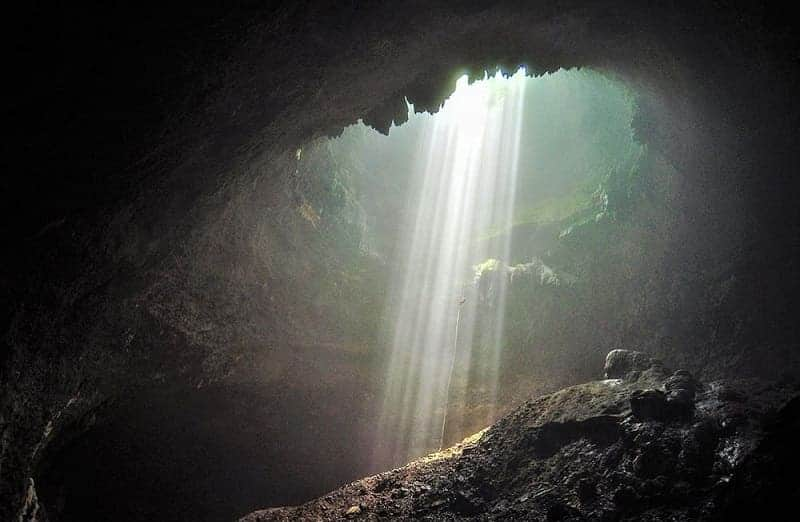
The must-visit largest cave in Indonesia is Jomblang Cave. Located in Gunung Kidul Regency, Yogyakarta, Jomblang Cave is renowned for its breathtaking exoticism.
With its vertical shape, exploring Jomblang Cave requires specialized caving equipment and the assistance of an experienced guide. The effort is well worth it once you reach the bottom of the cave. The view of the base will mesmerize any visitor with its lush ancient forest, complemented by shafts of sunlight filtering in through gaps in the cave, enhancing its already stunning beauty.
The struggle will immediately pay off when you arrive at the bottom of the cave. The view of the base of this cave will hypnotize anyone who sees it. You will see the beauty of the ancient forest that grows lush underneath, coupled with the sunlight that enters through the gap in the cave, which adds to the beauty of this cave.
2. Pindul Cave, Gunung Kidul
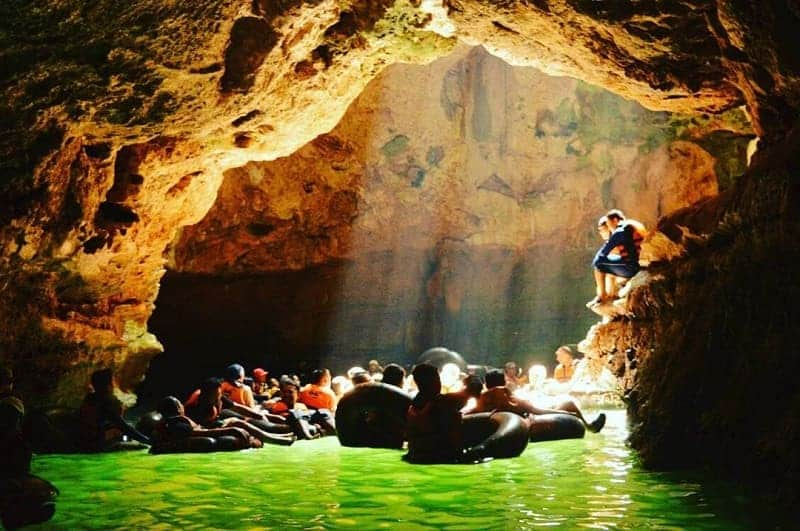
In addition to Jomblang Cave, Gunung Kidul Regency is also home to another of the largest caves in Indonesia, Pindul Cave. Unlike Jomblang Cave’s vertical orientation, Pindul Cave offers a unique experience for those seeking to explore it.
Visitors are given the opportunity to float down the 350-meter river within the cave on a tire, providing a chance to take in the stunning beauty of the cave walls and the crystal-clear water. It’s no surprise that Pindul Cave is a highly sought-after tourist destination when visiting Yogyakarta, attracting a large number of visitors every year. The cave is also known for its adventure activities, including tubing, caving, and exploring the underground river, making it a popular spot for adrenaline seekers and nature lovers alike.
3. Selarong Cave, Bantul
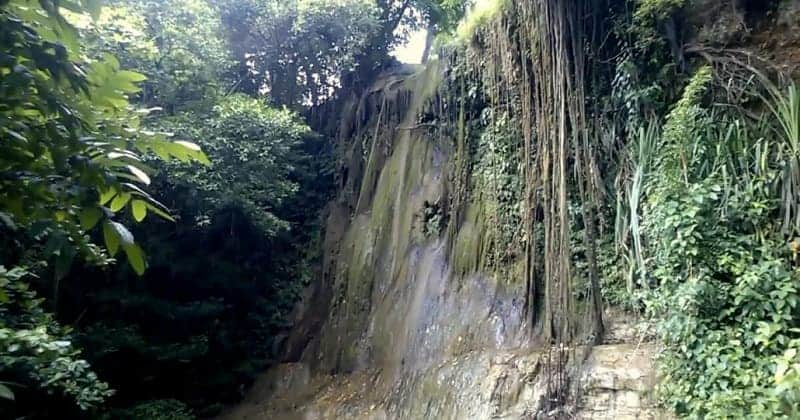
Still within Yogyakarta, in Bantul district lies another one of Indonesia’s largest caves, Goa Selarong. In addition to its stunning beauty, Selarong Cave also holds a rich history that adds to its appeal as a tourist destination.
The cave was formed within rocky hills and served as a headquarters for Prince Diponegoro during the Java War against the Dutch East Indies Army. At that time, Prince Diponegoro was forced to retreat to Selarong Cave after his home in Tegalrejo, Yogyakarta was attacked and burned by the Dutch.
In addition to its historical significance, Selarong Cave is surrounded by lush and shady trees, offering a cool and refreshing escape from the surrounding heat. The cave is also home to a longan fruit agro-tourism development, making it an interesting place to visit for nature and agriculture enthusiasts alike.
4. Gong Cave, Pacitan
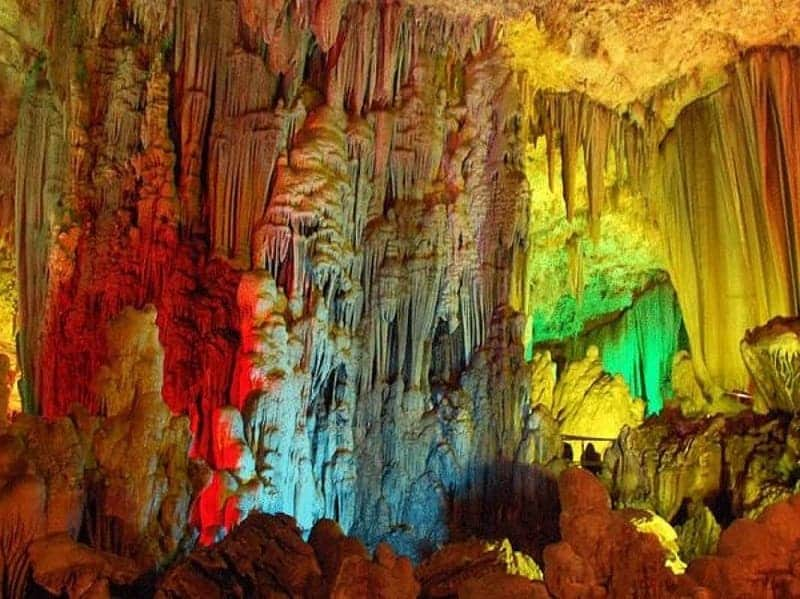
Goa Gong is also one of the biggest caves in Indonesia which is a shame to miss. This cave is located in Pacitan Regency, East Java and is one of the most beautiful caves not only in Indonesia but also in Southeast Asia.
Goa Gong offers a very beautiful view of the stalactites and stalagmites with a captivating light. It is called Goa Gong because it sounds like a gamelan gong from stalactites and stalagmites that are hit and will echo in the cave.
5. Lowo Cave, Trenggalek
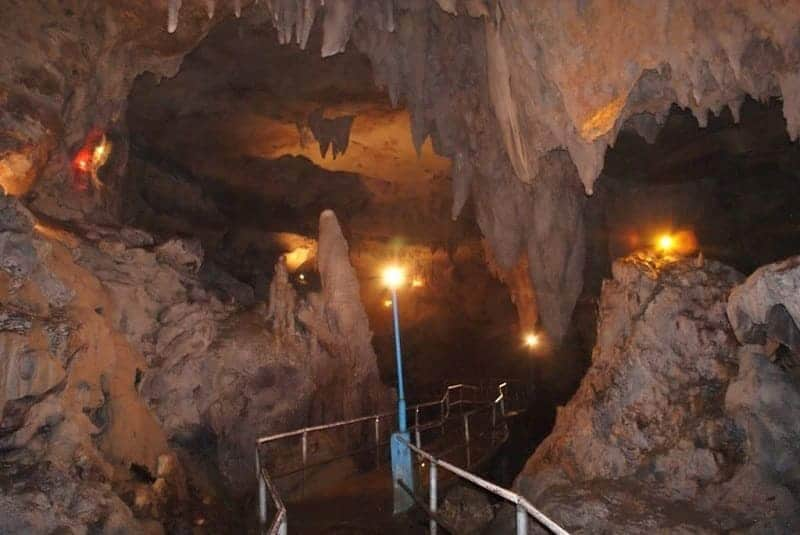
The next largest cave in Indonesia is Lowo Cave which is in Trenggalek Regency, East Java. This cave is called the longest cave in Southeast Asia because it has a length of up to 2 kilometers.
Given the name Goa Lowo which means bats because this cave is inhabited by a number of bats where the distinctive aroma of bats can be smelled at several points in this cave. In particular, access to the cave is very good because the road is concrete and on either side there is a fence as a safety. You also have to walk without lighting because inside the cave there are rows of colorful lights that add to the beauty of the stalactites and stalagmites in the cave. Interestingly, as long as you walk through this cave you won’t feel hot because the air is very cool even though there is no air conditioning.
6. Maharani Cave, Lamongan
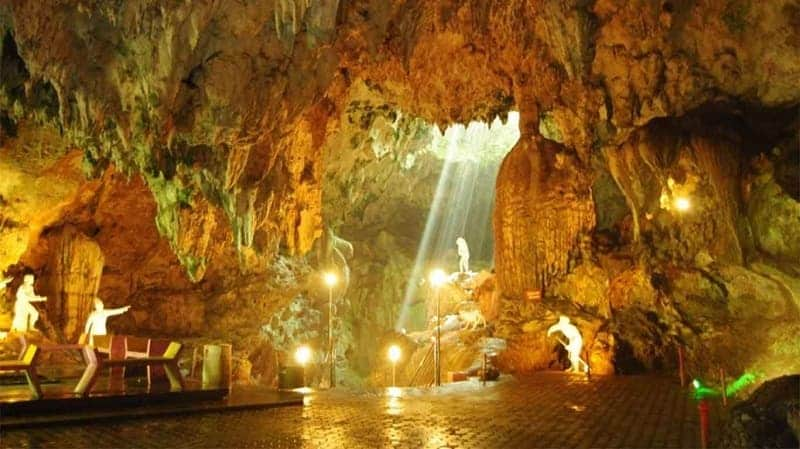
The next largest cave in Indonesia is Maharani Cave which is located in Lamongan Regency, East Java. Maharani Cave is located at a depth of 25 meters from the ground with a cavity of 2500 square meters.
Maharani Cave is known to have extraordinary beauty which is even compared to other caves around the world, such as the Mamont Cave in the United States and the Altamira Cave in Spain. This is because Maharani Cave has stalagmites and stalactites which are still growing today and emit colorful light when exposed to light.
7. Jatijajar cave, Kebumen
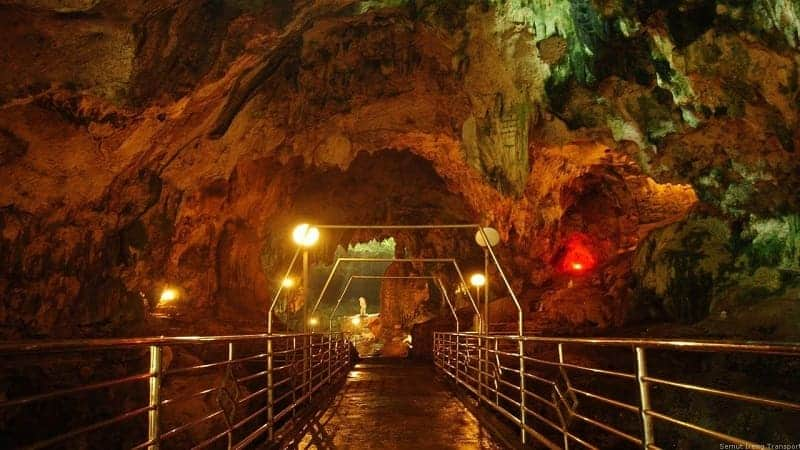
The next largest cave in Indonesia is Goa Jatijajar. As the name implies, this cave is located in Jatijajar Village, Ayah District, Kebumen Regency. Jatijajar Cave is formed from limestone which was discovered in 1802 by a farmer who owned land above this cave.
Jatijajar Cave has a 4 meter hole with a depth of 24 meters from the ground. This cave offers the beauty of stalactites and stalagmites and very beautiful limestone pillars. Not only that, on the other side of the cave, you can see eight dioramas and 32 statues installed inside the cave. The statues tell the story of Raden Kamandaka who is also known as Lutung Kasarung.
8. Petruk Cave, Kebumen
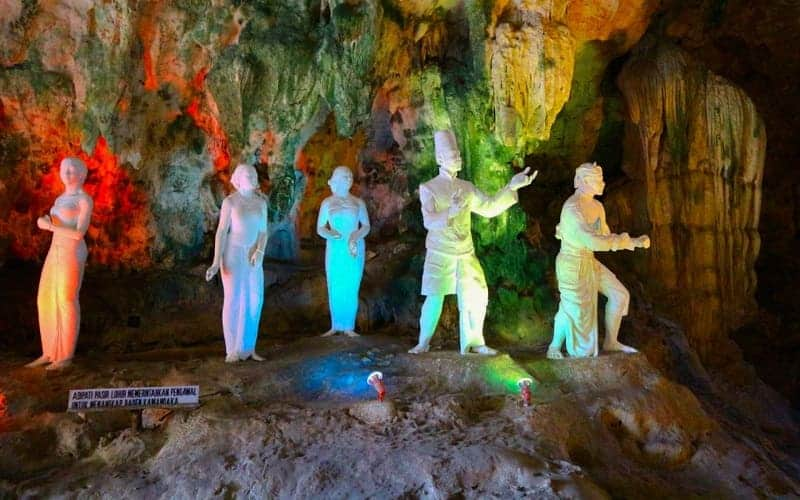
The largest cave in Indonesia is also not far from Goa Jatijajar, namely Goa Petruk. Petruk Cave is located in Candirenggo Village, Ayah District, Kebumen.
Petruk Cave is known to have extraordinary beauty because its naturalness is still maintained. Like other caves, Petruk Cave also offers very beautiful views of stalactites and stalagmites. Uniquely, the stalagmites and stalactites in this cave have various shapes, from crocodiles, barns to corpses.
This cave has three levels which are wet and humid because there are rivers and waterfalls. On the ceiling of the cave you will find water droplets that add to the beauty of this Petruk Cave.
9. Surupan Cave, Kebumen
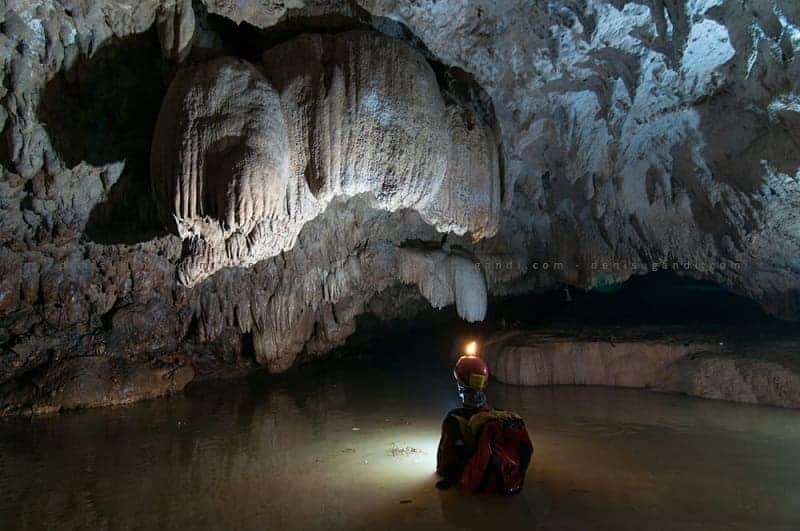
Located in Kebumen Regency, Surupan Cave is another one of Indonesia’s largest caves, featuring breathtaking views and unique characteristics. This cave runs through two villages, Argopeni and Karangduwur, and is highly regarded by nature enthusiasts and international researchers for its stunning stalagmites and stalactites, as well as its underground river.
The river, which originates from Gadung Hill, runs through the villages and flows into Surupan Cave, adding to its allure. However, visitors should exercise caution during the rainy season, as the cave is prone to flash floods. With its exceptional natural beauty and unique features, Surupan Cave is definitely a must-visit destination for anyone exploring the Kebumen Regency.
10. West Cave, Kebumen
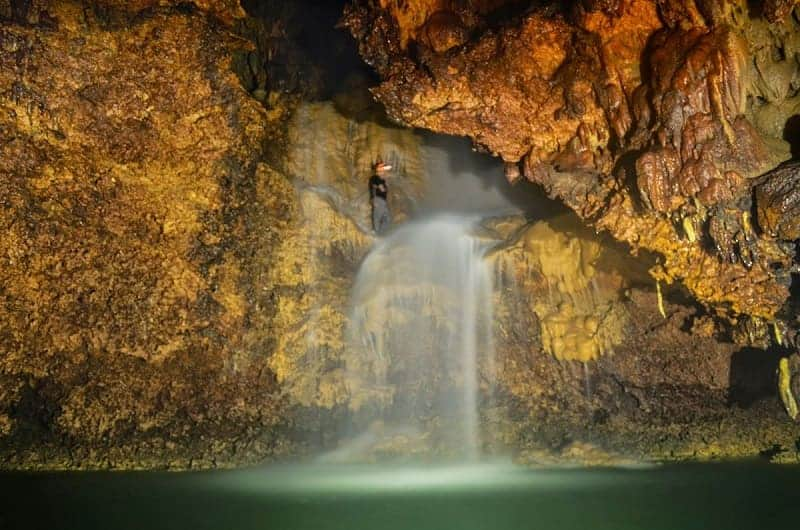
The last largest cave in Indonesia is West Goa. West Goa is also in the Gombong Karst area, Jatijajar Village, Ayah District, Kebumen.
Taken from the Javanese language, West Goa means Goa Winds. So named because from inside this cave always blow wind out of the mouth of the cave. West Goa is up to 6.5 kilometers long and takes about 5 hours to explore. The local people call it the Kratonan, this is because the people who have been there this cave looks like a palace and the rocks seem alive because they flicker when exposed to light.
